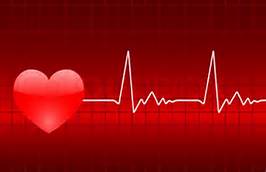An individual participant data meta-analysis concluded that most (>90%) of all reports of muscle symptoms with statin therapy were not due to the statin, although statins did cause a small proportional increase in reports of muscle pain, largely during the first year of treatment. The analysis included 19 double-blind trials of statin versus placebo (n=123 940) and 4 double-blind trials of a more intensive versus a less intensive statin regimen (n=30 724). Among the placebo-controlled trials (mean age 63 years, 27·9% women, 48·1% with previous vascular disease, and 18·5% with diabetes), during a weighted average median follow-up of 4·3 years, 27·1% allocated statin versus 26·6% allocated placebo reported muscle pain or weakness (rate ratio [RR] 1·03). During year 1, statin therapy produced a 7% relative increase in muscle pain or weakness (RR 1·07), corresponding to an absolute excess rate of 11 events per 1000 person-years, which indicates that only one in 15 of these muscle-related reports by participants allocated to statin therapy were actually due to the statin. After year 1, there was no significant excess in first reports of muscle pain or weakness. For all years combined, more intensive statin regimens (ie, 40–80 mg atorvastatin or 20–40 mg rosuvastatin once per day) yielded a higher RR than less intensive or moderate-intensity regimens (RR 1·08 vs 1·03) compared with placebo, and there was a small excess (RR 1·05) for more intensive regimens after year 1. There was no clear evidence that the RR differed for different statins, or in different clinical circumstances. Statin therapy yielded a small, clinically insignificant increase in median creatine kinase values of approximately 0·02 times the upper limit of normal. The findings suggest that statins should continue until other potential causes have been explored for patients who report mild muscle symptoms when taking a statin, as the risk is greatly outweighed by the known cardiovascular benefits. It is known though that statins can, rarely, cause myopathy, even rhabdomyolysis. Source: https://www.thelancet.com/
